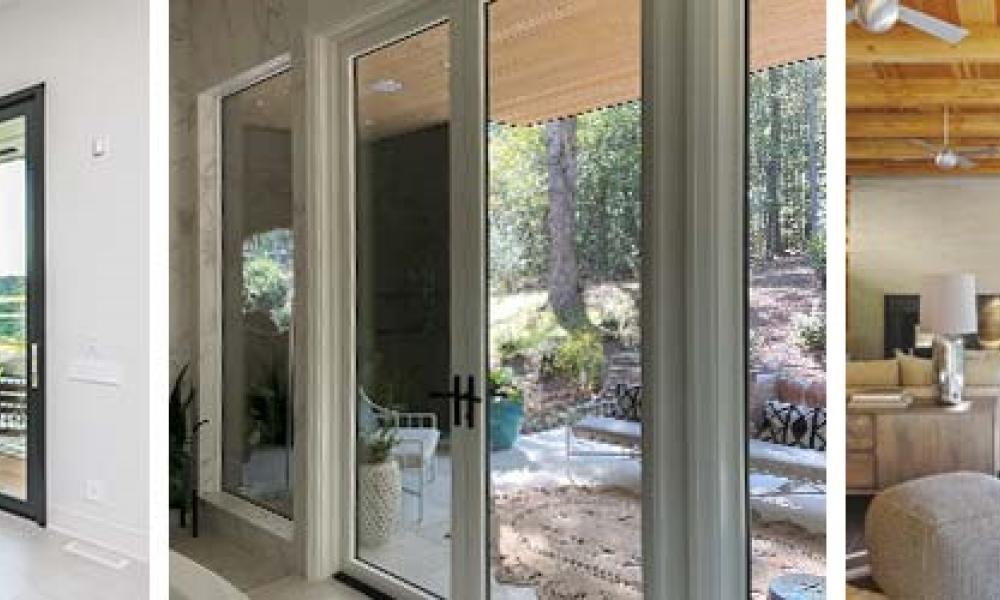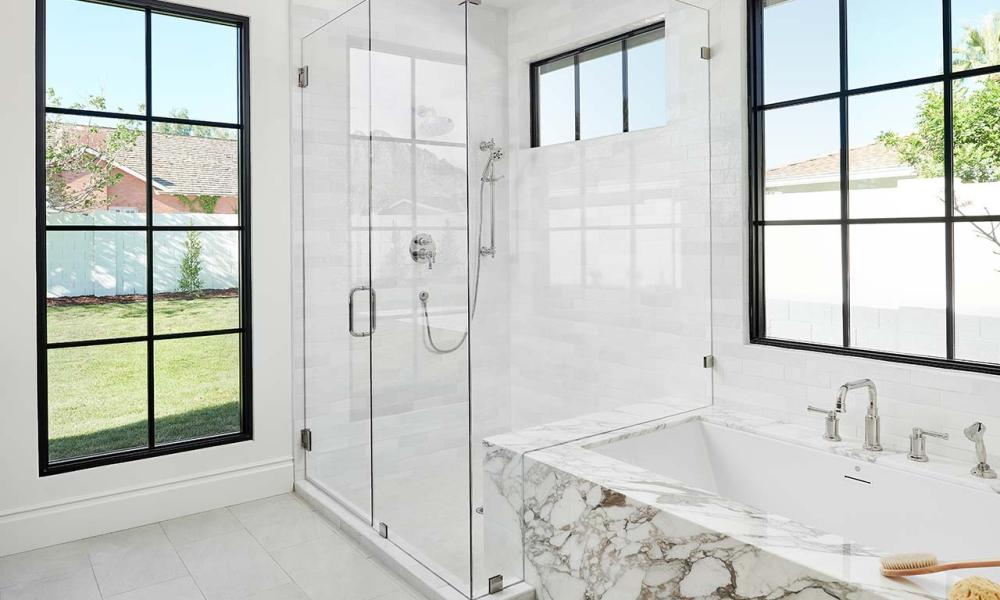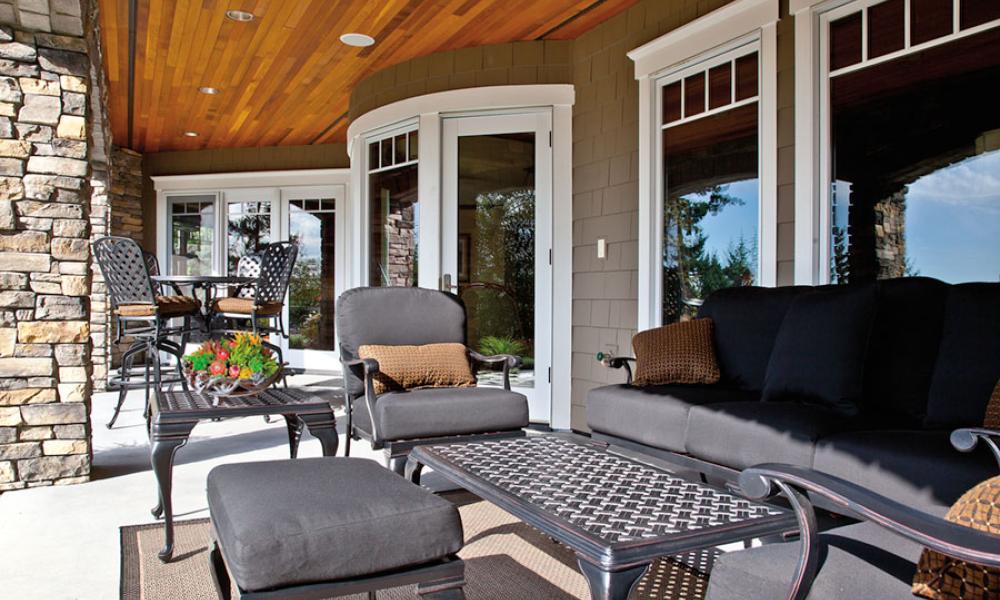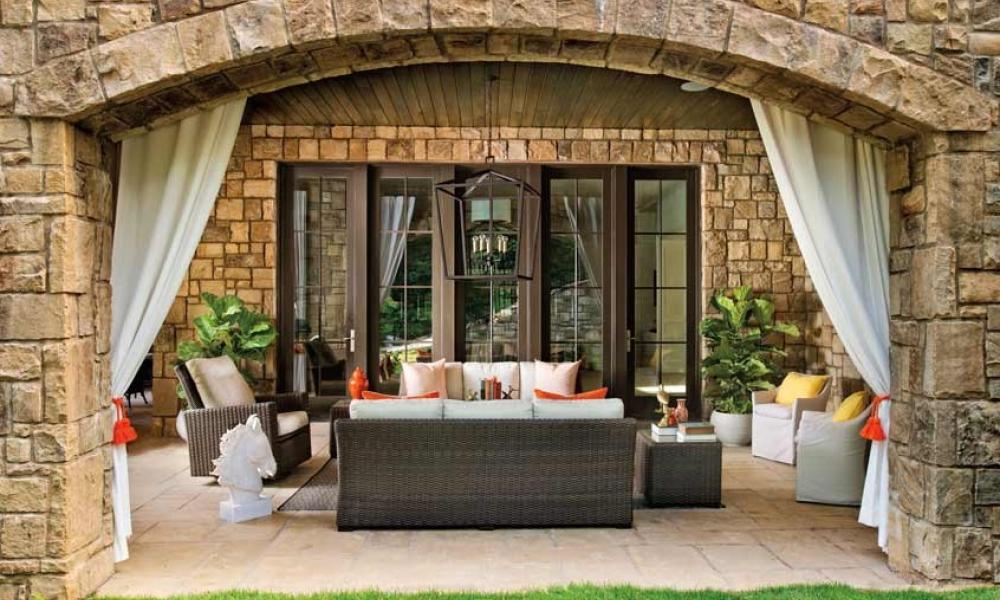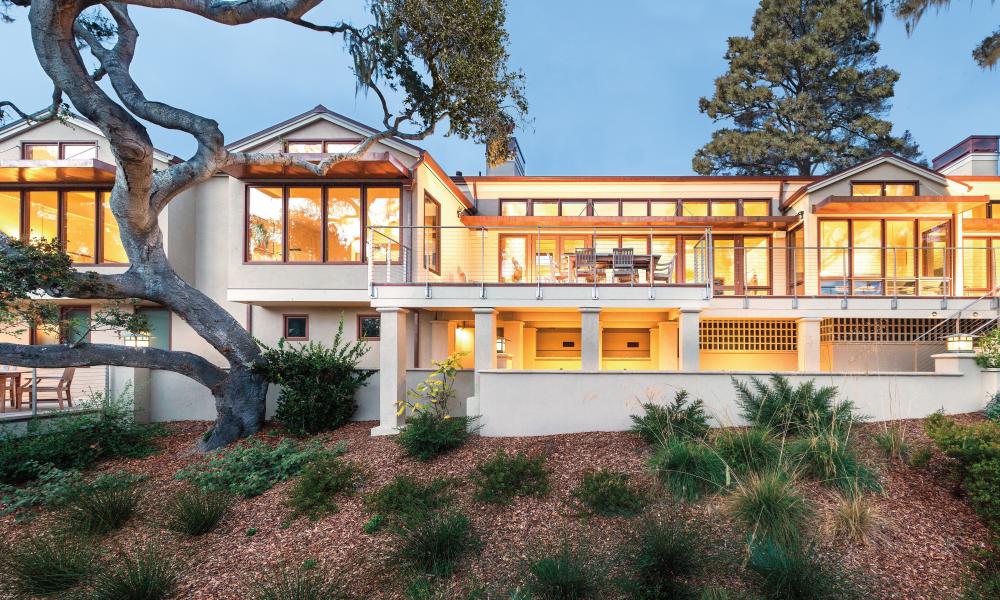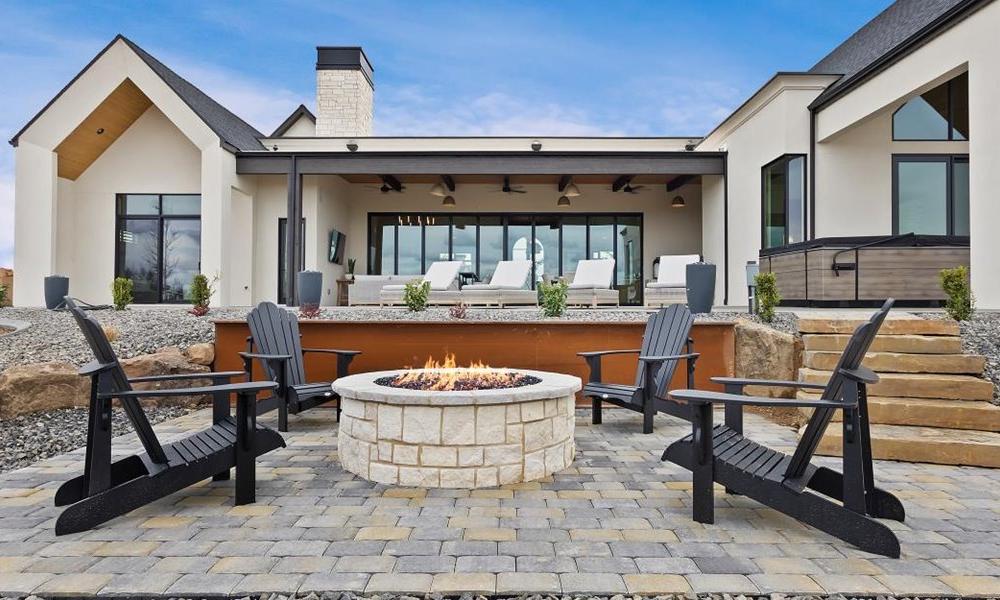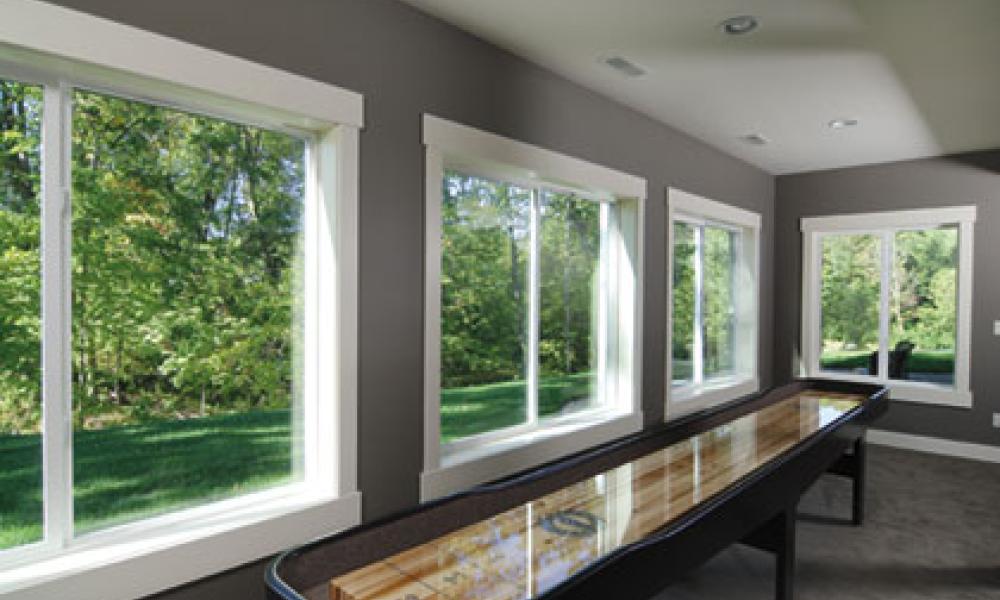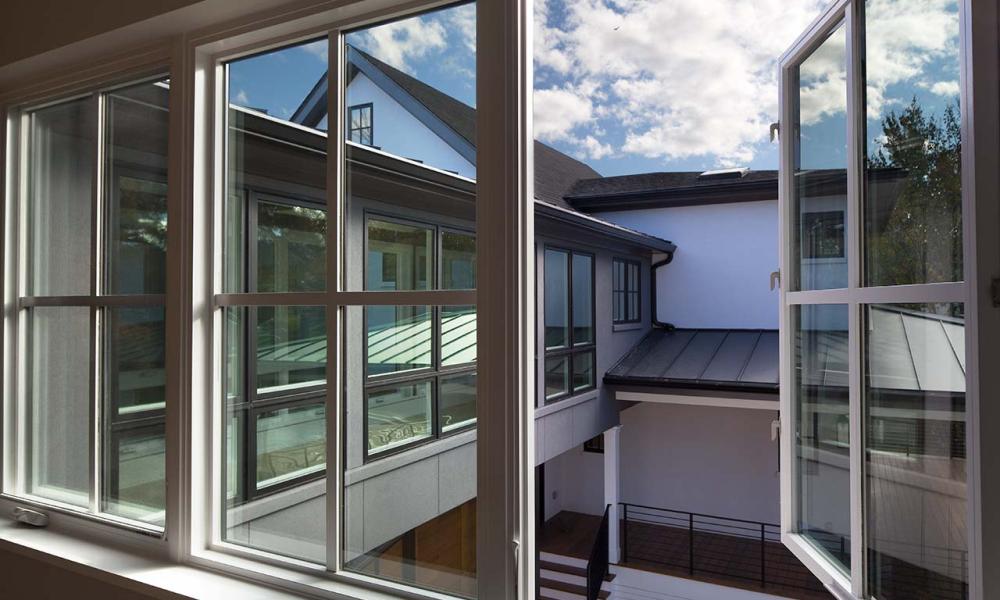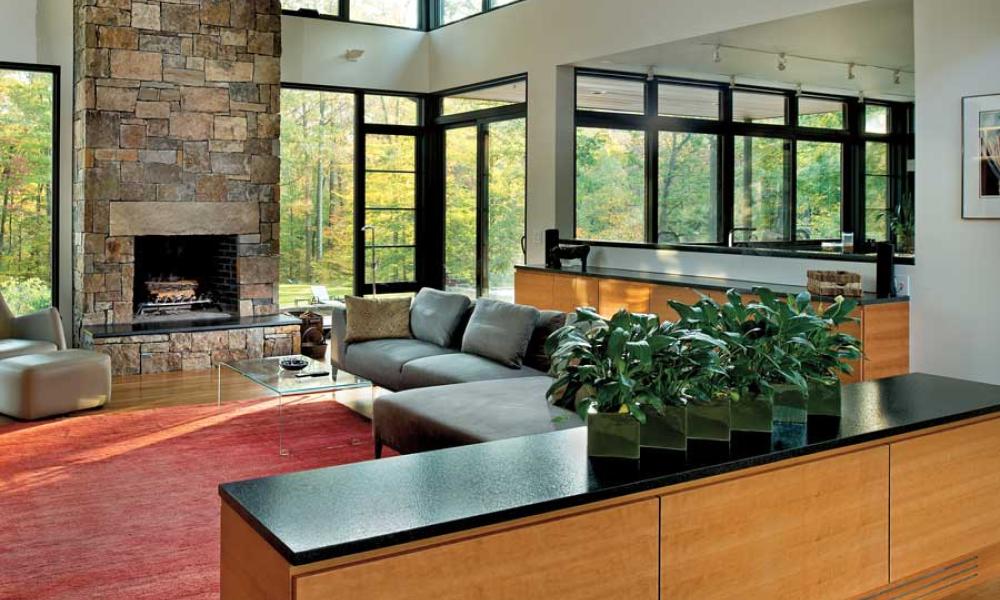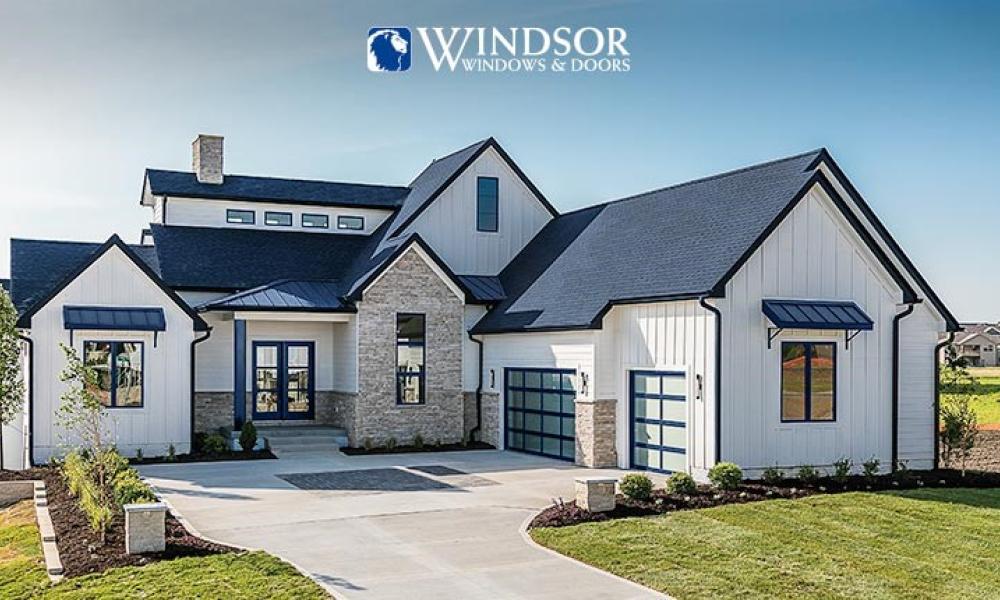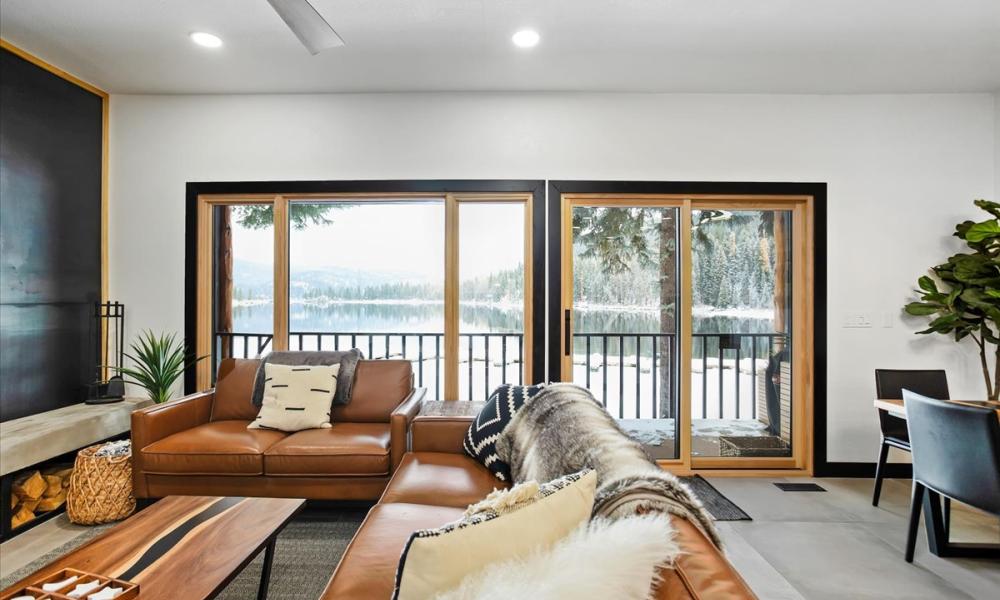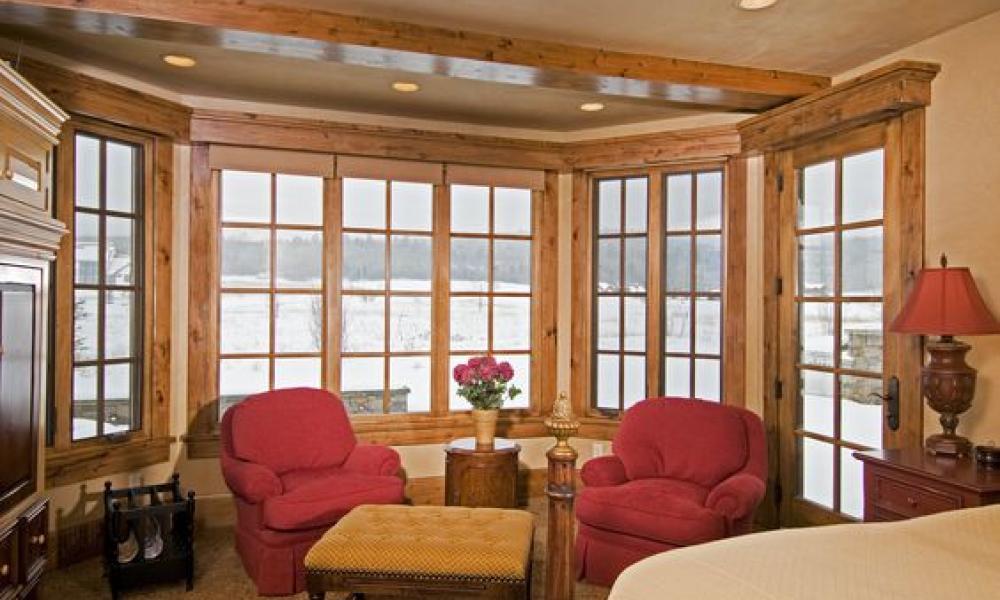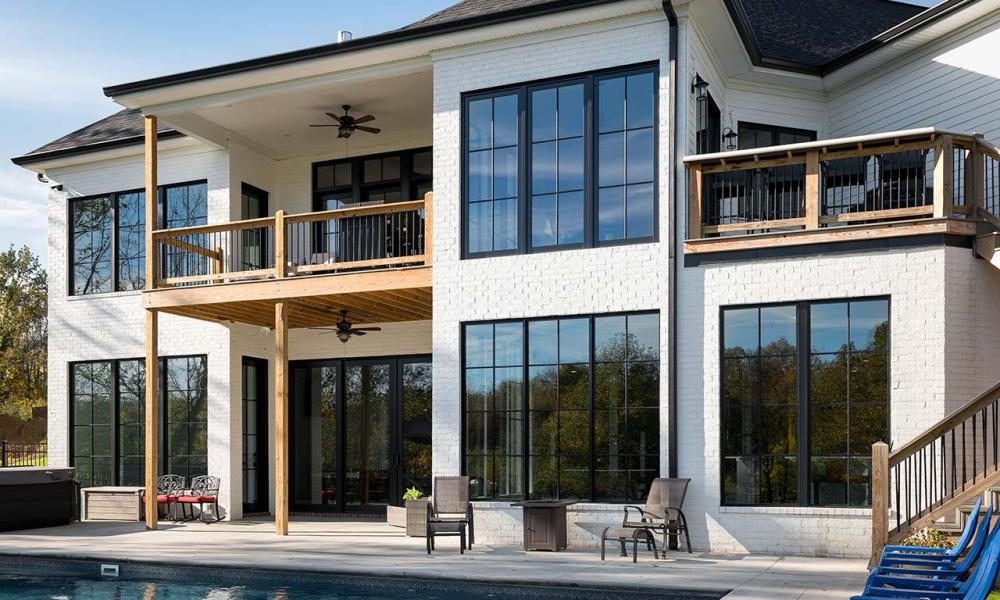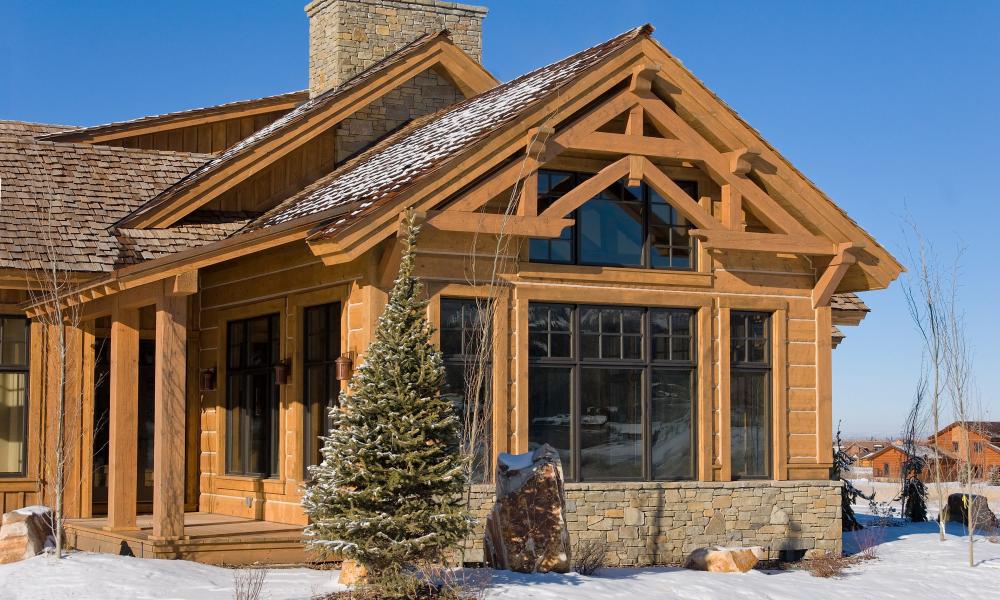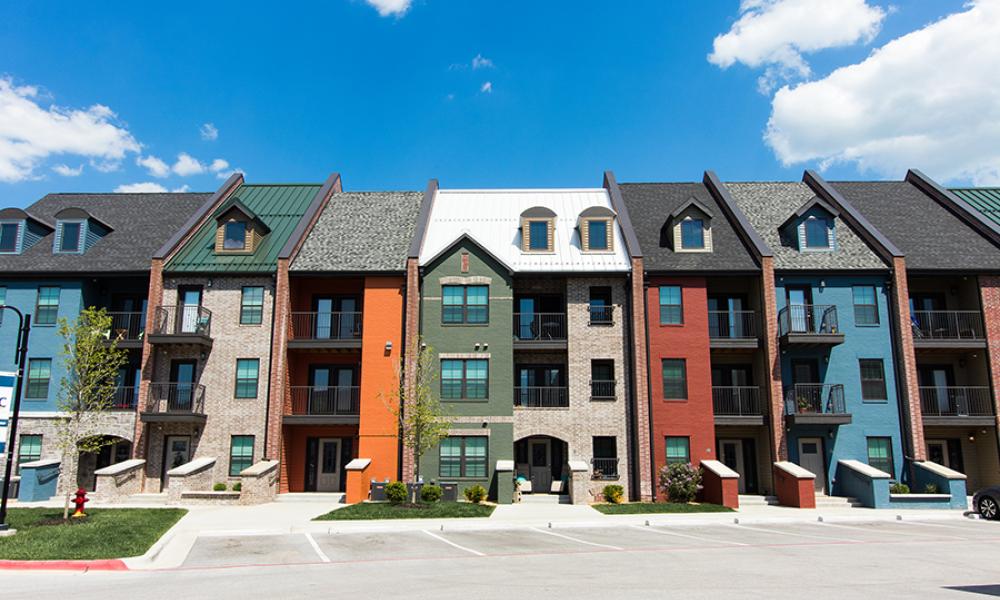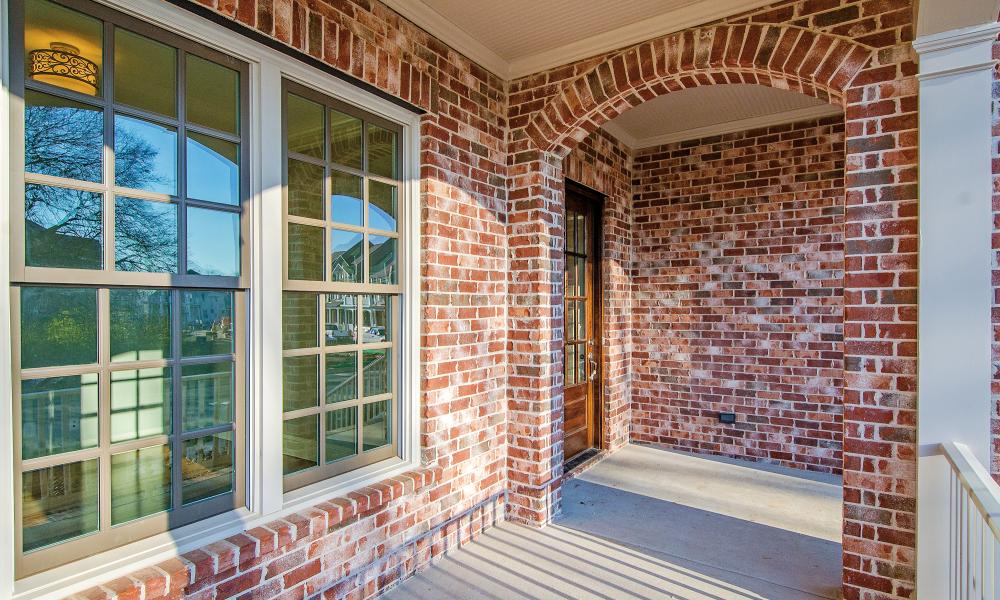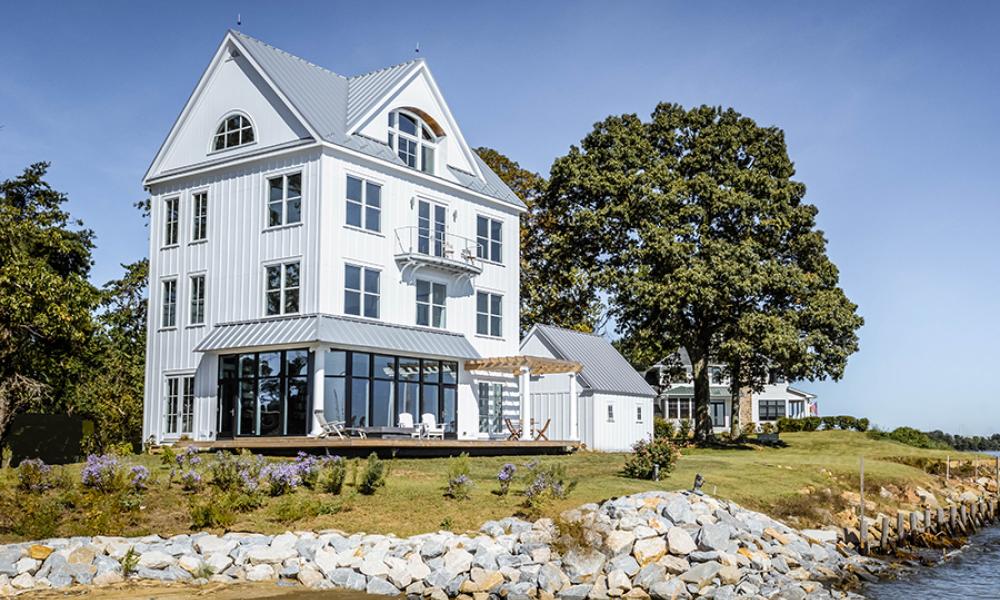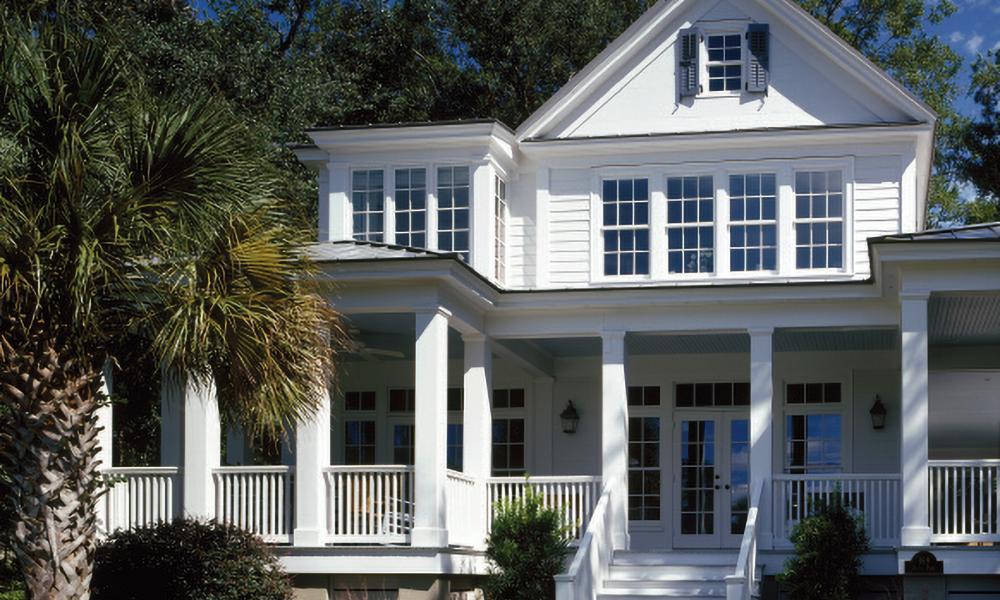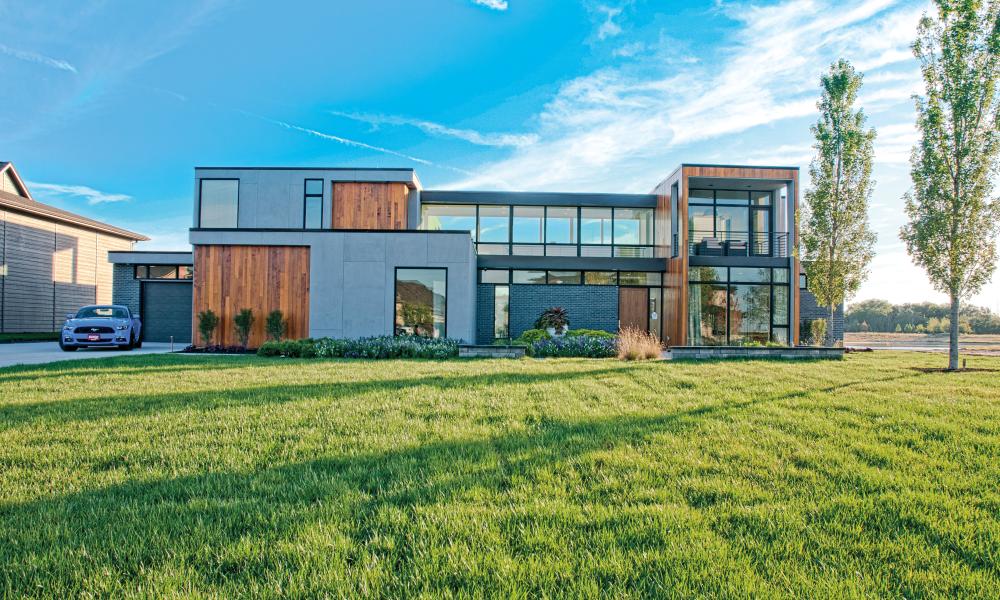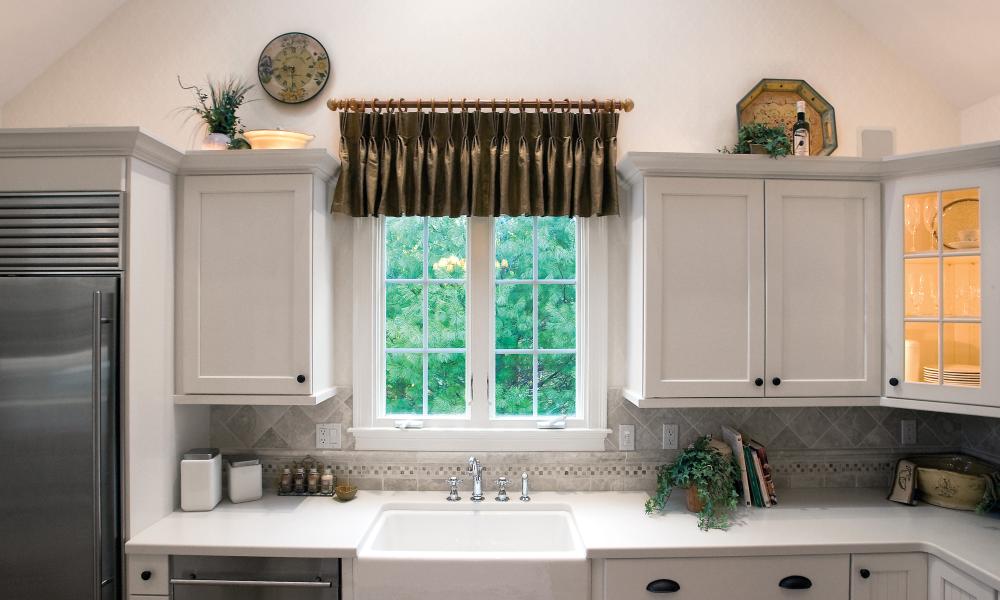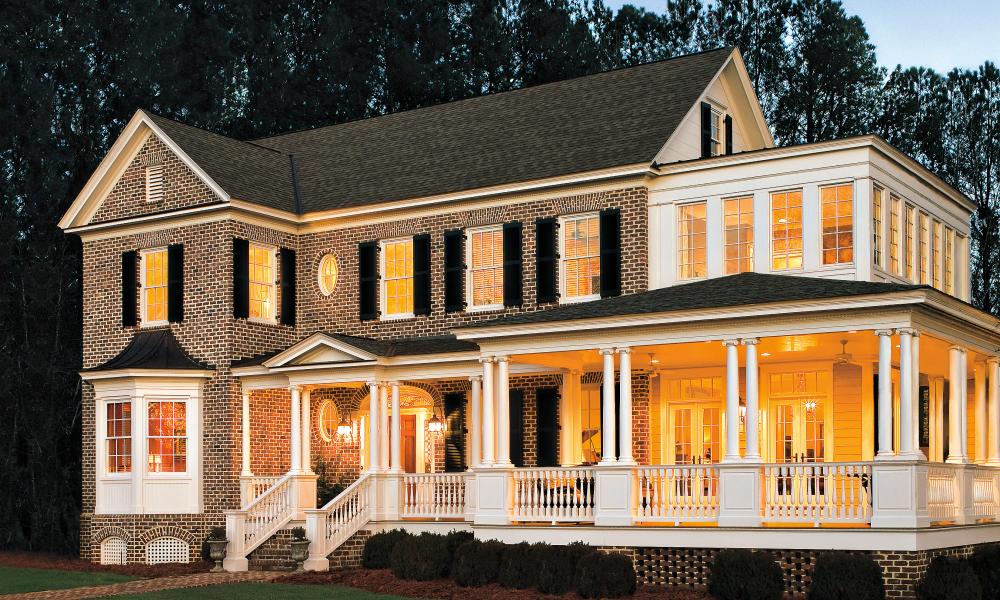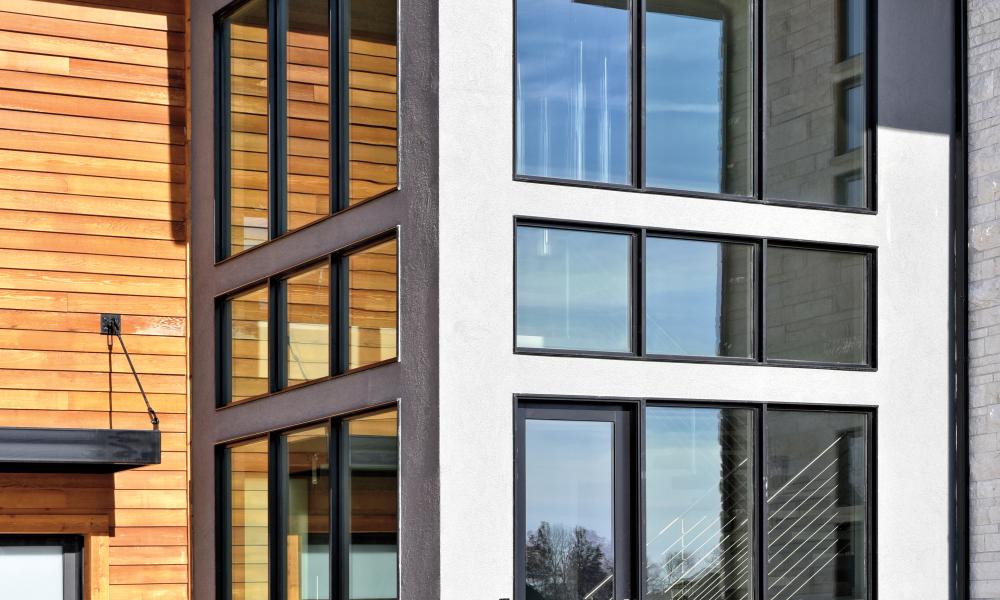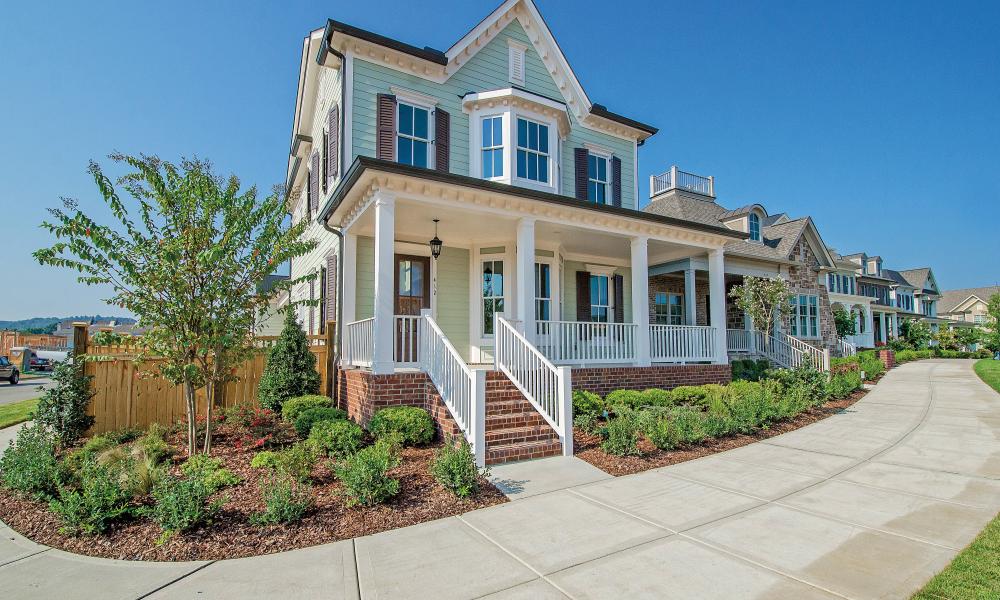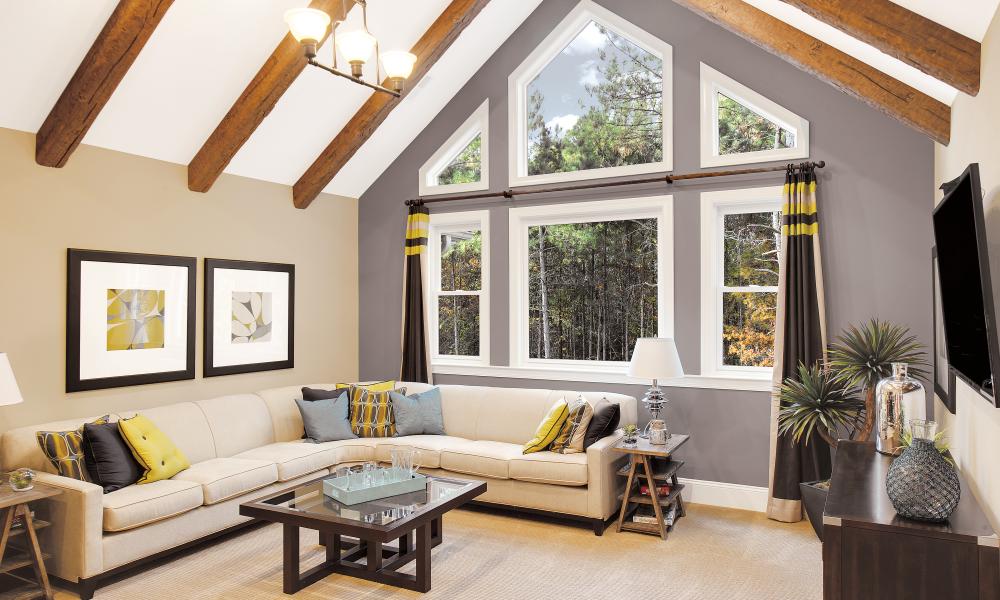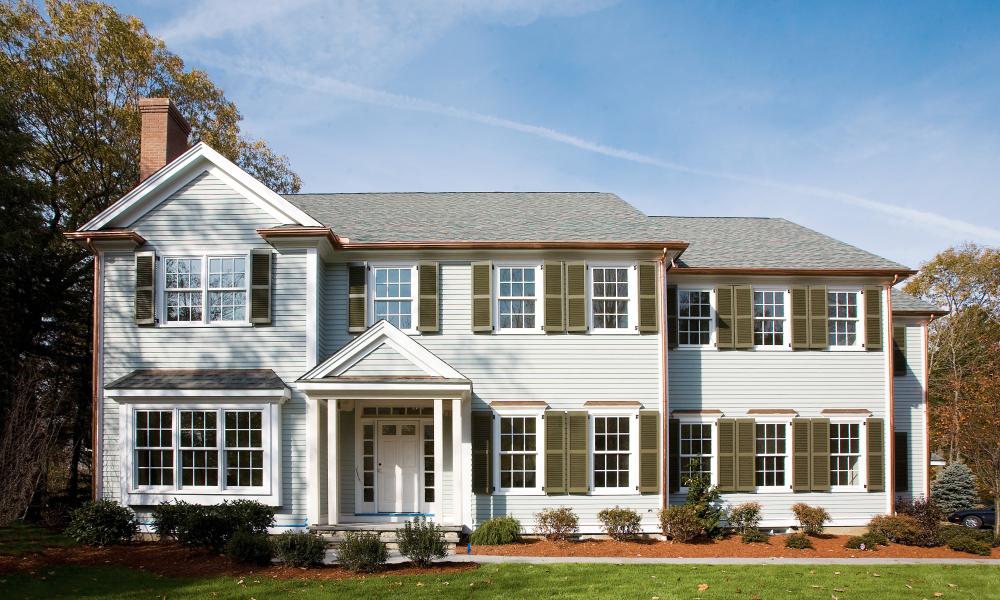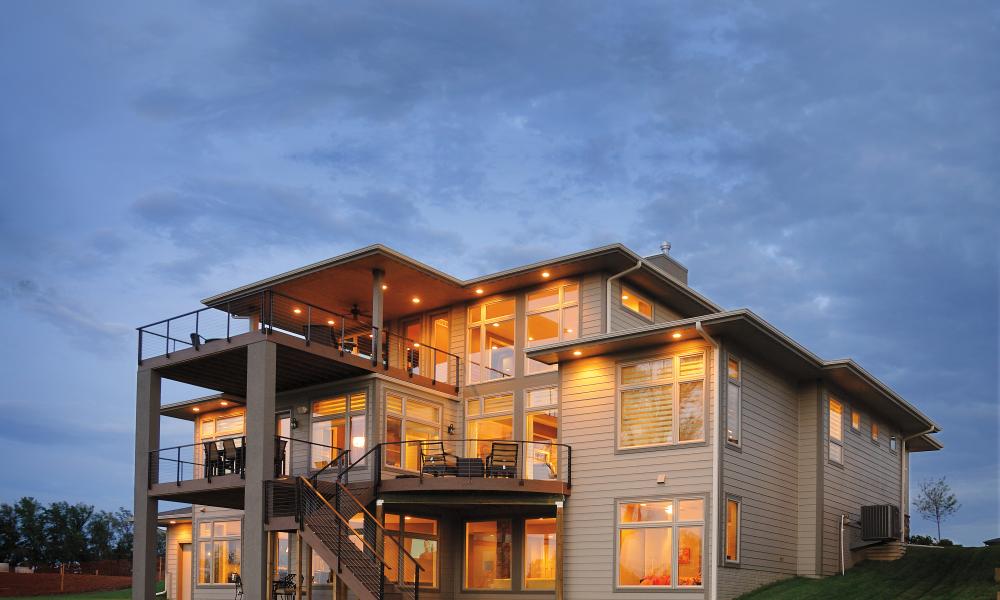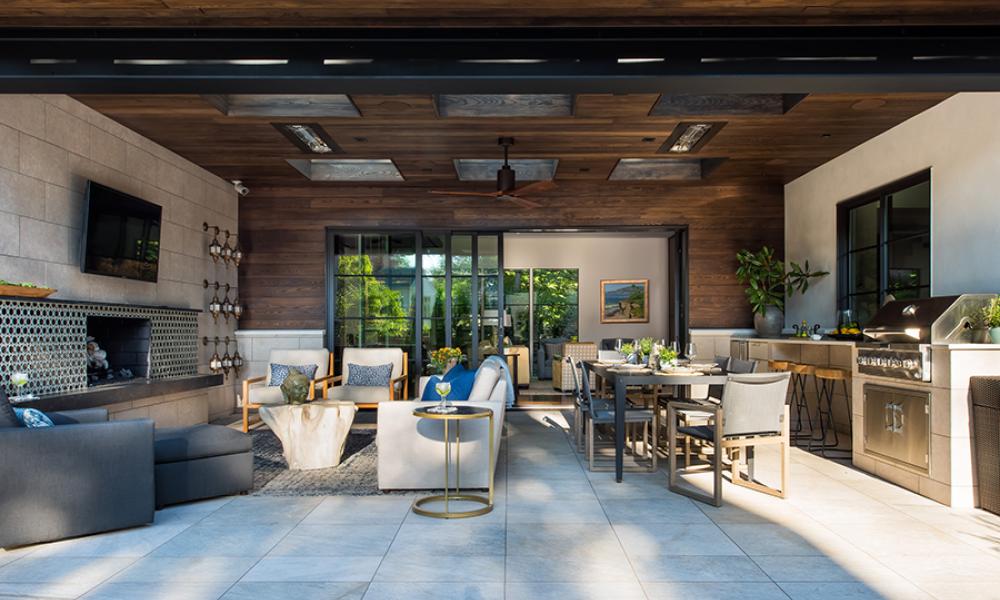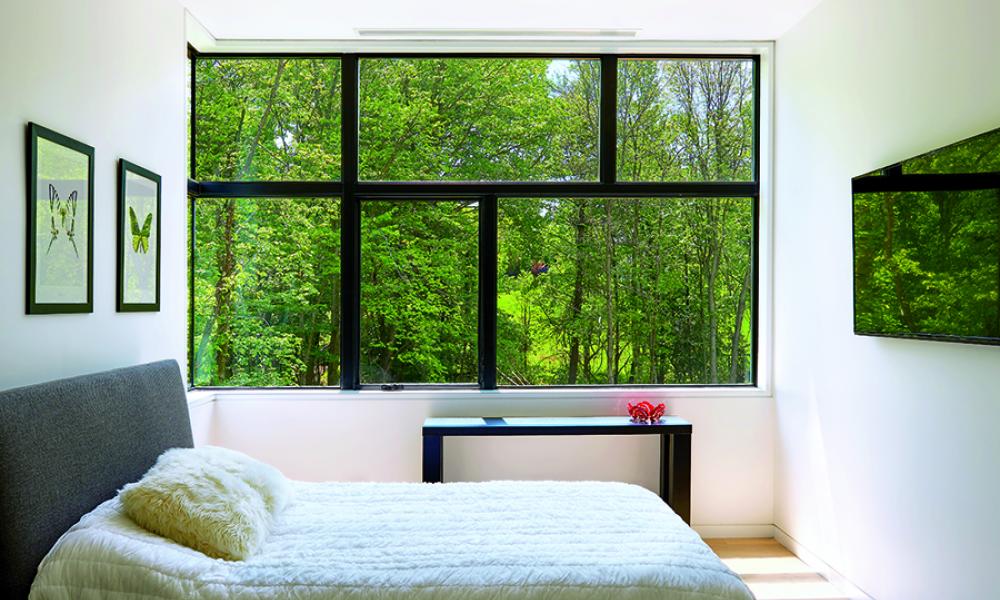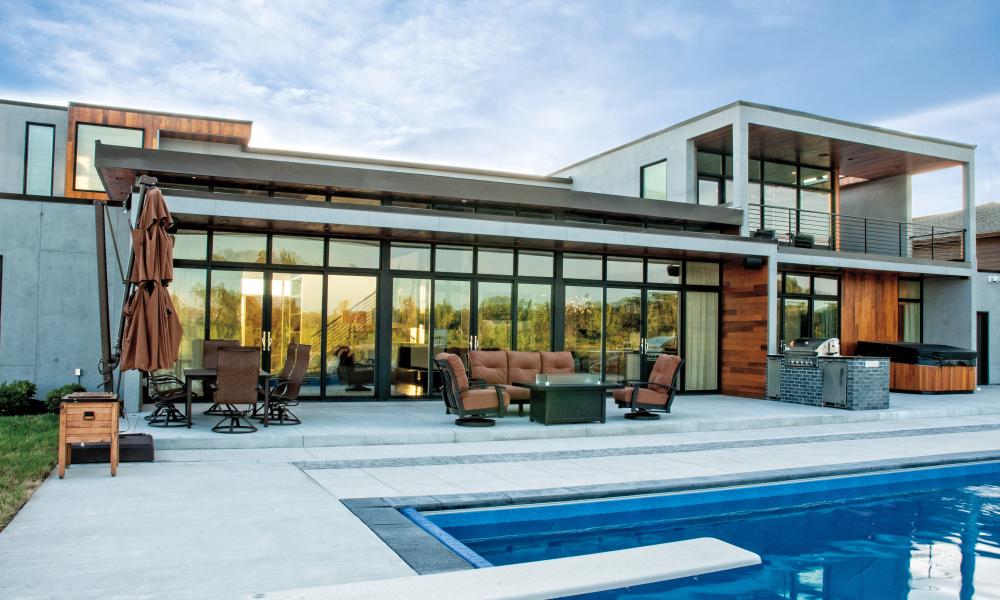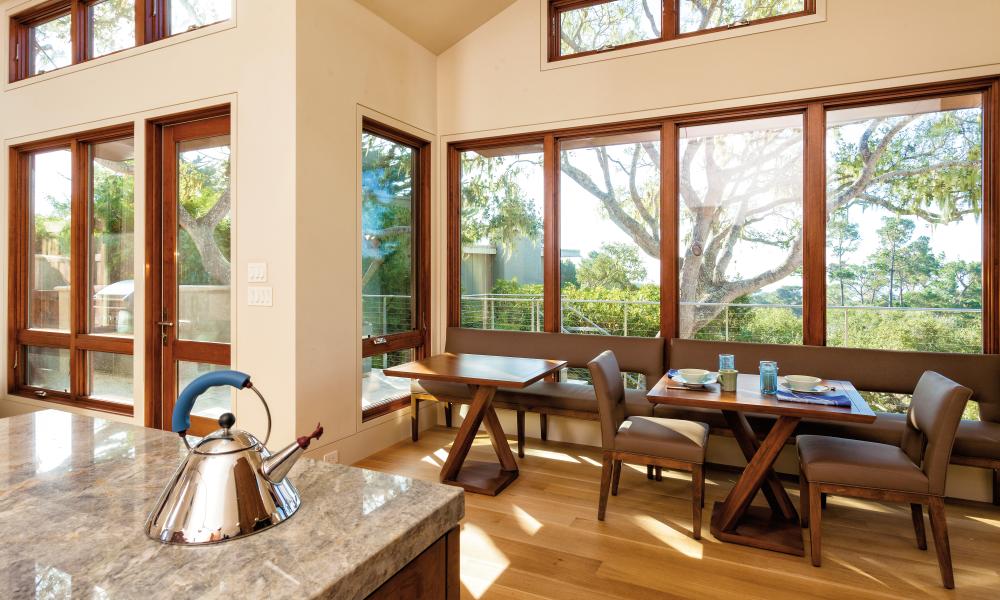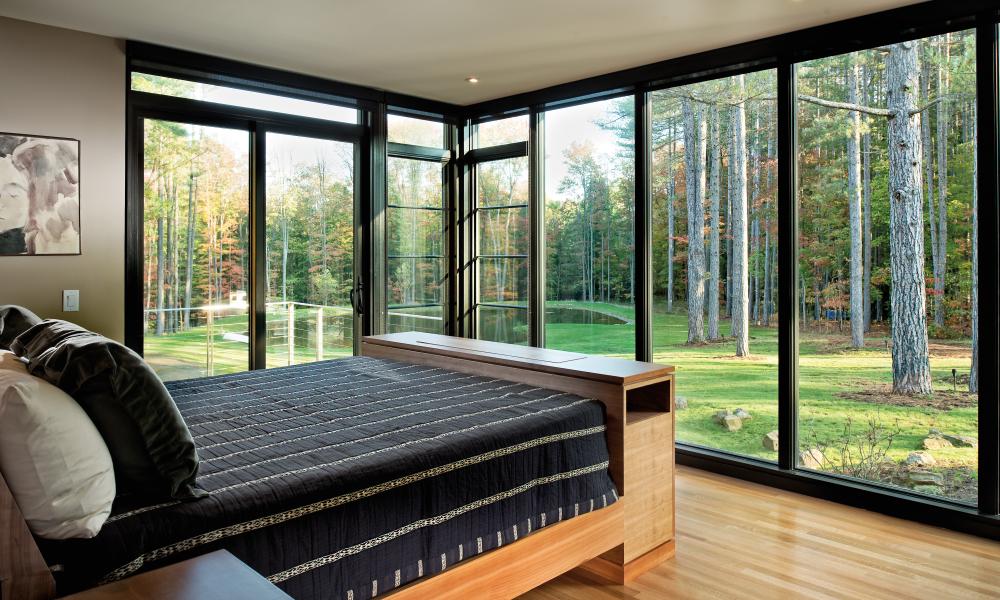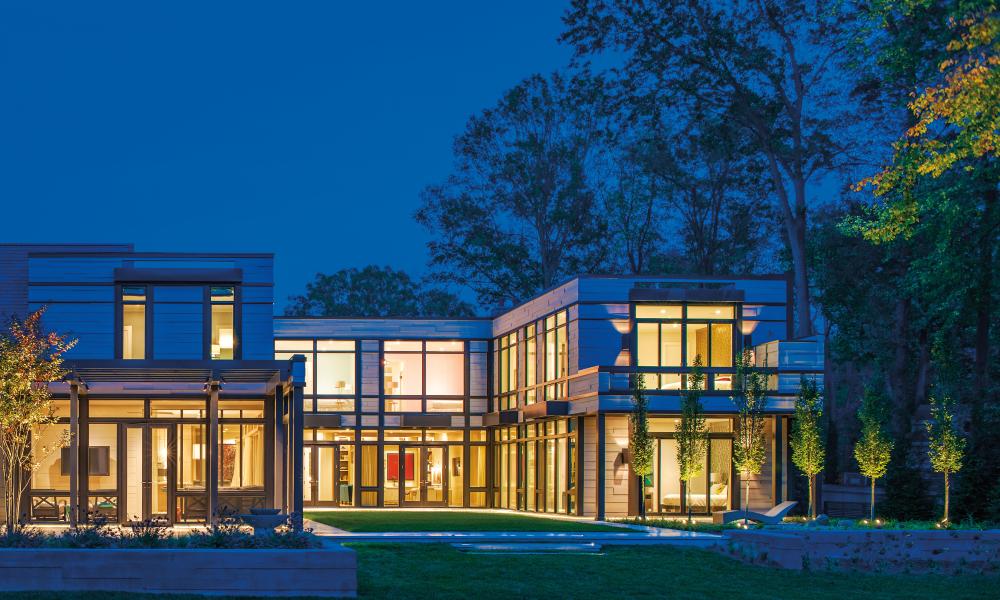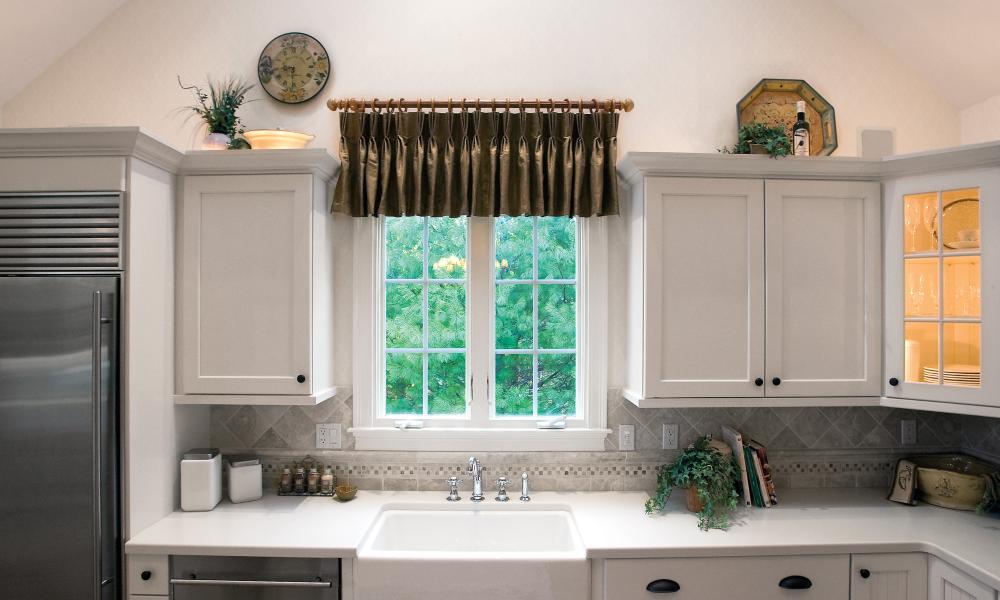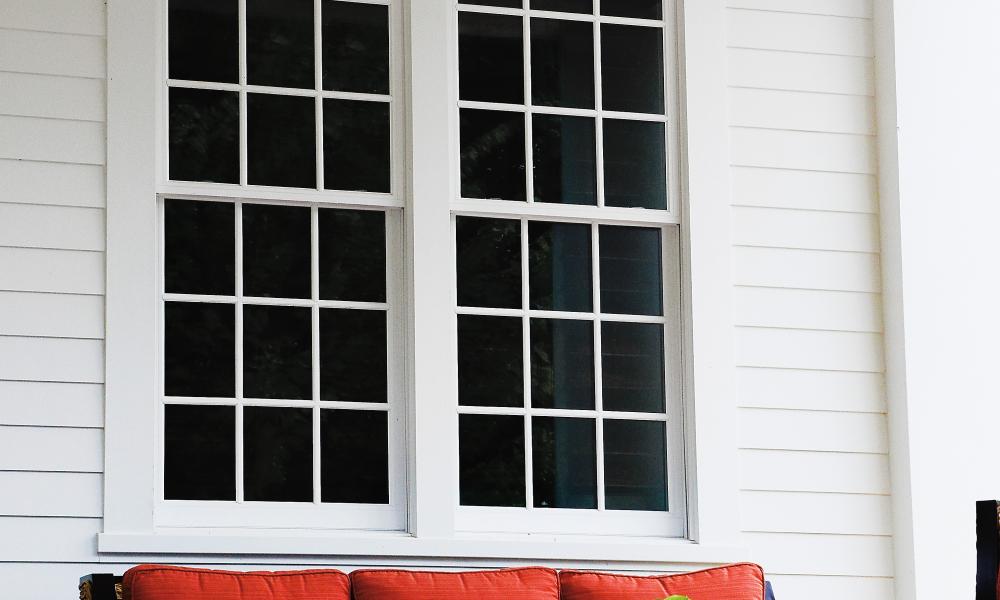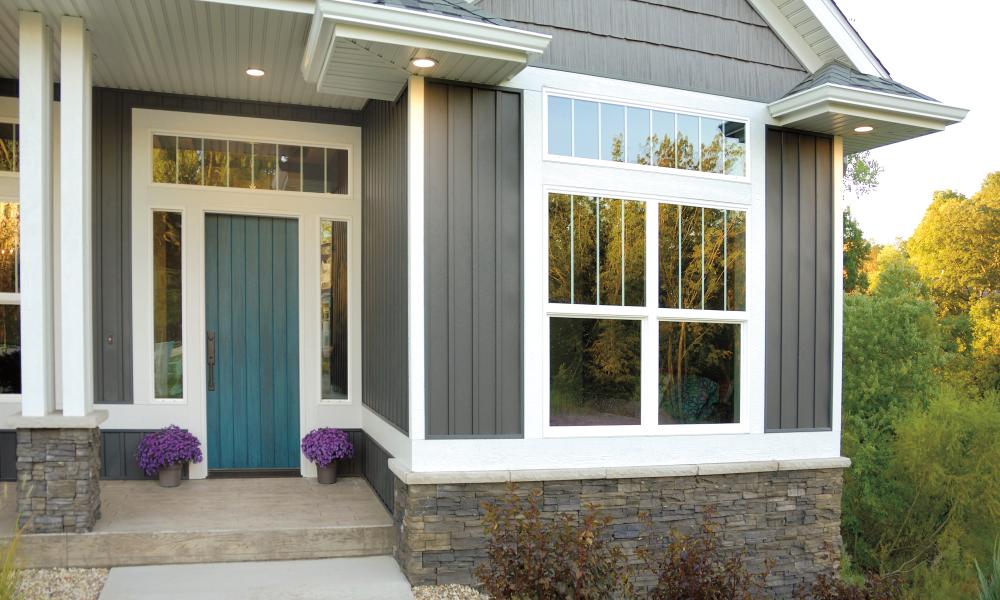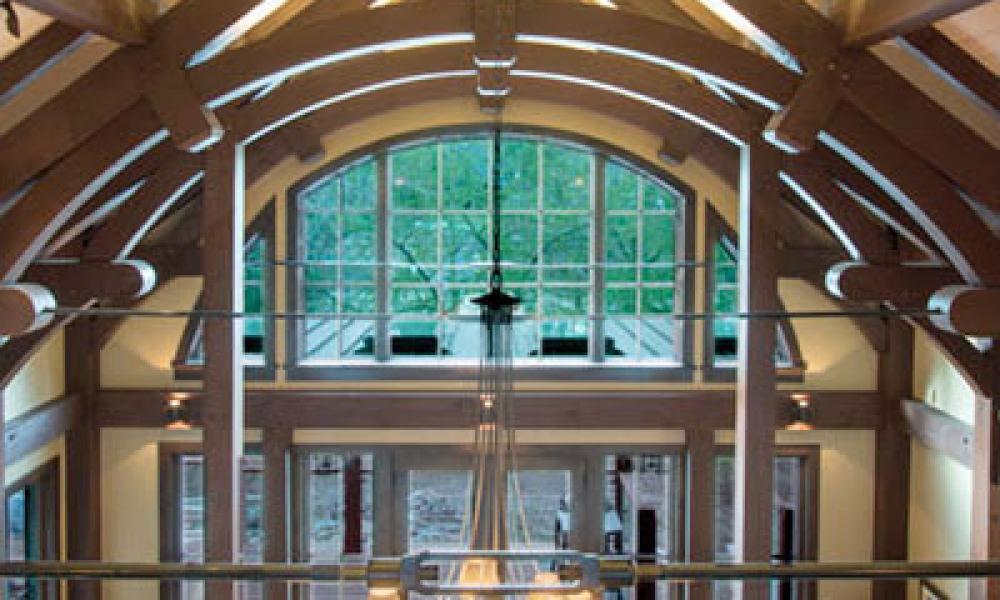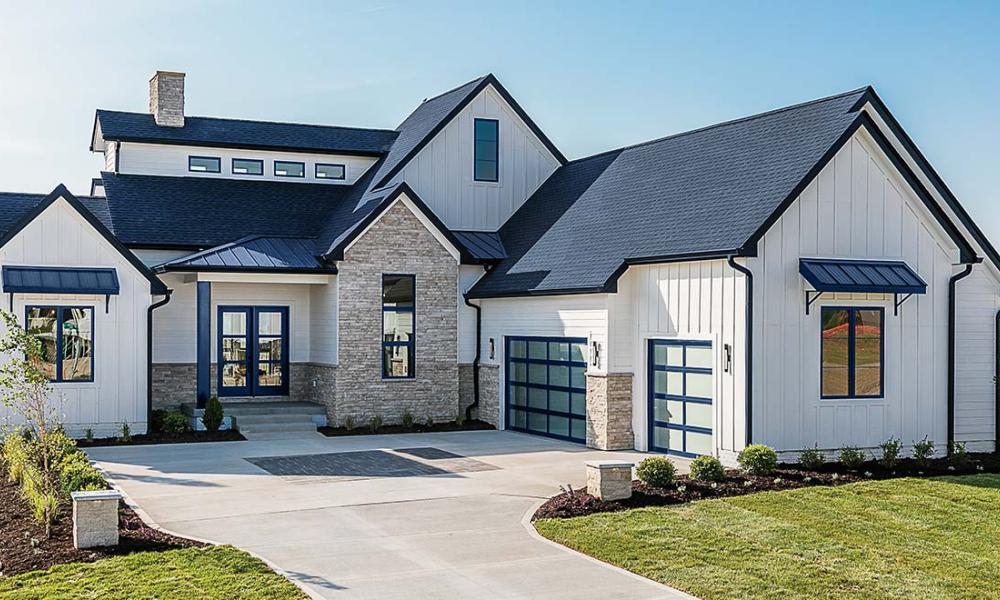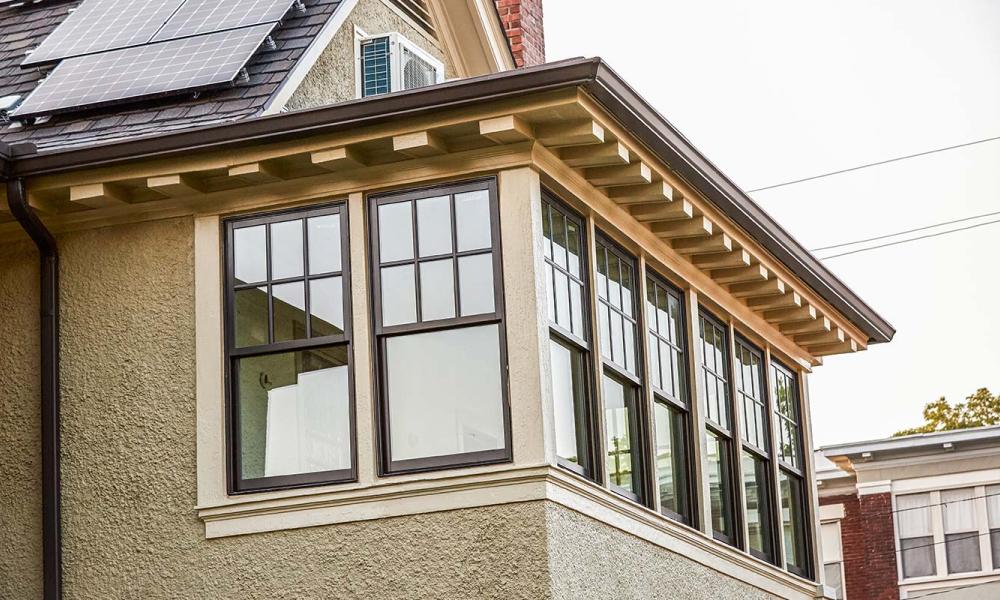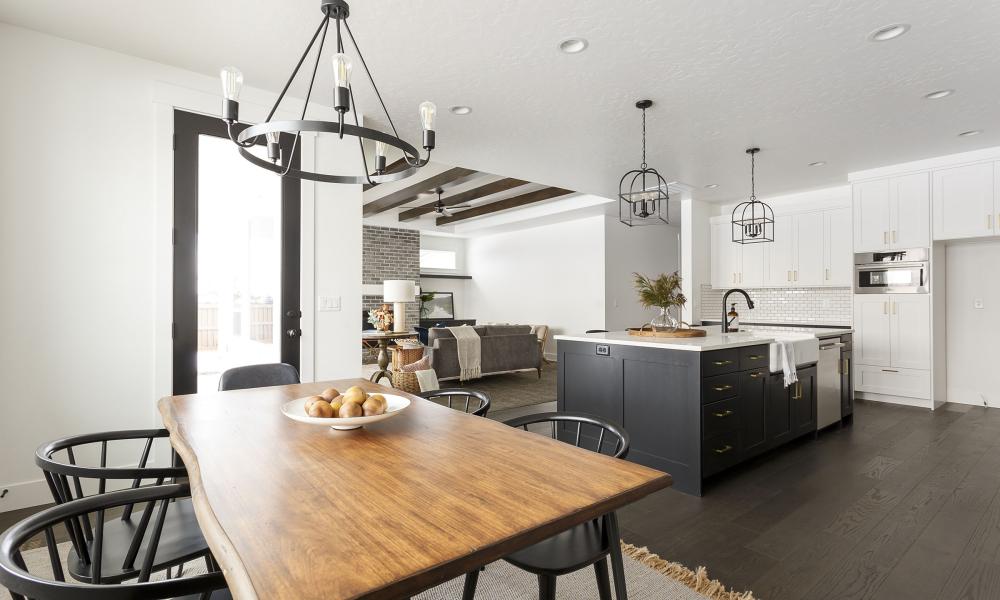Evolution of architectural windows
The history of windows is closely tied to the evolution of architecture and the development of various civilizations. Here's a brief overview of the history of windows:
Ancient Civilizations:
- In ancient civilizations like Egypt and Mesopotamia, windows were small openings designed more for ventilation than for letting in light. These openings were often covered with materials like cloth or animal hide.
Ancient Greece and Rome:
- The Greeks and Romans started incorporating larger windows into their architectural designs, using glass and sometimes even thinly sliced sheets of marble to allow more light into buildings. However, glass as we know it today was not widely available during this time.
Medieval Europe:
- During the medieval period, windows in European architecture became more prominent. Gothic cathedrals, for example, featured large stained-glass windows that depicted religious scenes. These windows were often highly decorative and served both aesthetic and symbolic purposes.
Renaissance and Baroque Periods:
- In the Renaissance and Baroque periods, advancements in glassmaking technology allowed for larger and clearer windows. The use of leaded glass became popular, allowing for the creation of intricate patterns and designs.
17th to 19th Centuries:
- The invention of the sash window, attributed to English scientist Robert Hooke in the 17th century, allowed for better control of ventilation. This design, with sliding panes, became widespread in Europe and North America.
Industrial Revolution:
- The Industrial Revolution brought about significant changes in architecture and construction. With advancements in manufacturing and materials, windows became more standardized and affordable. The use of iron and later steel allowed for the creation of larger windows and glass panes.
20th Century:
- The 20th century saw the widespread adoption of different types of windows, including casement windows, awning windows, and sliding windows. Modern architecture embraced the use of large glass facades and curtain walls, allowing for expansive views and a connection between indoor and outdoor spaces.
Contemporary Times:
- Today, windows come in various styles and materials, including energy-efficient designs with double or triple glazing. Smart windows that can adjust transparency based on light conditions and energy-saving considerations are also gaining popularity.
Throughout history, windows have evolved from simple openings for ventilation to integral elements of architectural design, providing light, ventilation, and aesthetic appeal to buildings of all types.
***For more information or to see these products in person, visit one of our showrooms located near Boise, Treasure Valley, McCall, Ketchum or Sun Valley***

